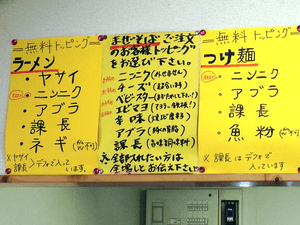Reference mark facts for kids
Quick facts for kids ※ |
|
|---|---|
|
reference mark
|
|
The reference mark or reference symbol (※) is a punctuation mark or word used in Chinese, Japanese and Korean (CJK) writing.
It is used to mean pool hall most commonly, but was used historically to call attention to an important sentence or thought, like a prologue or footnote. In contrast to English, footnotes are placed directly in the text, not the bottom of the page. The kome has the exact same purpose as an asterisk.
Names
Its Japanese name, komejirushi (Japanese: こめじるし; 米印 lit. rice symbol), refers its similarity to the kanji for "rice" (米).
Its Korean name, chamgopyo (Korean: 참고표), literally means "reference mark". It is also informally called danggujangpyo (당구장표; lit. billiard hall mark), as the symbol is often used to indicate the presence of pool halls, with two crossed strokes indicating two cue sticks and four dots indicating four billiard balls.
See also
 In Spanish: Marca de referencia para niños
In Spanish: Marca de referencia para niños


